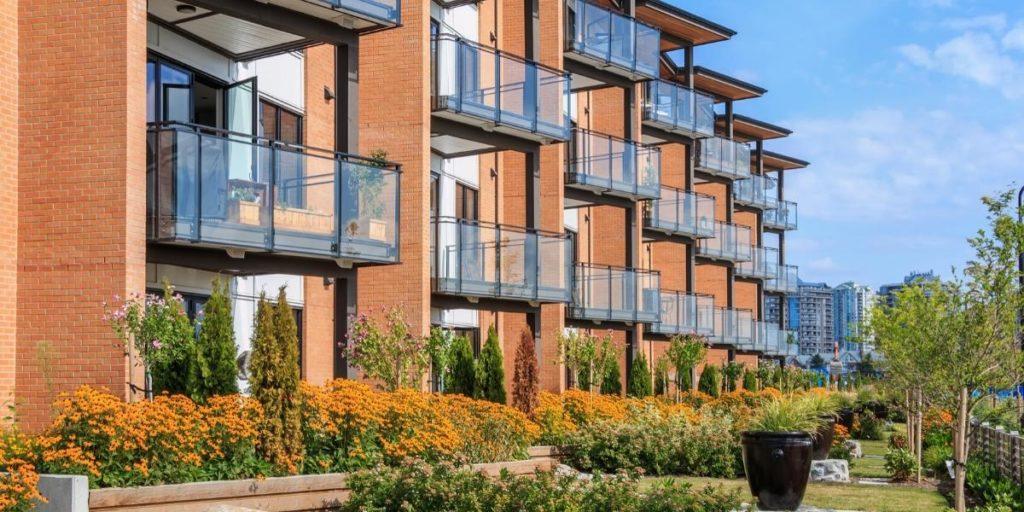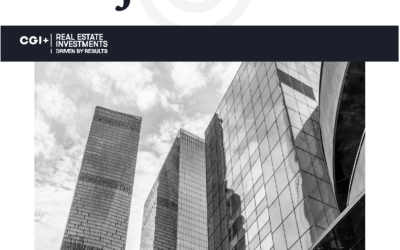2020 came in with a bang, and it has not let up since. We have seen unprecedented changes globally, nationally, and, of course, in our own communities and workplaces as the novel coronavirus, COVID-19, swept in on a wave of uncertainty, tumult, and, it is predicted, long-term impacts to not only our economy but also our very way of life. But what does this mean for capital markets? What does it mean for multifamily investing? In a time of uncertainty, it is important to look at the data, look at the projections, and seek advice from trusted, experienced sources.

Commercial Real Estate: A Look At the Numbers
Closing on commercial real estate, including multifamily investments, can take months. As yet, we’re not feeling the full brunt of the coronavirus’s impact. However, we can look to Asia and Europe to gain understanding and insight as COVID-19 struck in these areas weeks earlier. What do we know so far?
In the first two months of 2020, sales across all property types decreased by 50% in the Asia Pacific region and 18% in Europe, year over year. Perhaps signalling a lack of preparedness or understanding that a pandemic was in its early stages – or simply because the CRE sector is strong – transactions in the US actually increased 10% during the same period. We expect that we will begin to see the extent of the US volume decline with second quarter data.
But even as some lenders shy away from the market, given its low yields, there is still remarkable potential in multifamily investing for those with strong capital stances. In uncertain and tumultuous economic periods, commercial real estate has often offered itself as a “safe haven.” Historically, it outperforms other markets and provides stability in the midst of unrest.
What do we expect to see?
- Deals that were nearly completed will likely move ahead, while those in the early stages may be, temporarily, put on the back burner.
- Multifamily and other commercial properties with stable tenancy will not see as significant an impact as those with vacancy issues.
- Added risk is likely to be reflected in the discount rate and in underwriting projections in the short-term.
- The impact – as of now – may be more closely identified with changes we saw in the market after 9/11 or weather-related events like Superstorm Sandy rather than the impacts of the Great Recession.
More to this last point: after these events, there were dire predictions warning of catastrophic impacts. These did not come to pass, and the market emerged, while perhaps a bit shaken, still strong. We fully anticipate this to be the case in the aftermath of COVID-19. Another factor in investors’ favor: with consumers’ demand for socially responsible practices, more lenders are apt to show leniency towards borrowers/tenants impacted directly by coronavirus.
It is also encouraging that the majority of potential buyers and investors are open to digital/virtual tours of assets, even in the multifamily space. When social distancing and self-isolation are terms du jour, this is an important consideration.
Multifamily Investing Action Steps
Some steps you can take when considering multifamily investing:
- If your strategy is long-term, focus on gateway markets; with educated workforces, quality assets, and strong growth projections, gateway investments are a safe harbor within a safe harbor. Be aware, though, that in the short-term, properties in urban dense areas may see a bit of a decline. However, with multifamily, the need is always there.
- If you have a short-term horizon, consider focusing on secondary markets, which have been more insulated from COVID-19’s ravages.
- If you are well capitalized, consider focusing on strong assets offered at a discount price.
- Multifamily is well positioned; off market deals can be particularly advantageous at this time.
Do not expect lower prices in the multifamily sector; it is a low interest rate environment, and again, this is a safe harbor in this economic climate, especially as some consumers are pushed back into the rental market. Another factor to add into your equation is the fact that there are eviction moratoriums in several cities as a result of the pandemic and more people are opting to live with roommates to drive down costs. This will keep rent rolls low for a few months, but again, we expect a rebound in the near future.
At the same time, demand in the multifamily market is there, it is strong, and it will continue to grow.
One last item on your action list: contact CGI Strategies to discuss multifamily investment opportunities. Whether you’re new to the space or a veteran, we can guide you through the ins and outs, providing the insights you need to make strategic investments.
CGI is built on a foundation of personalized, high quality service and high performing assets. The future is in our hands – that is, the hands of our investors, the hands of our communities; we strive to develop strong connections that yield financial and societal returns. Get in touch today to see how.

